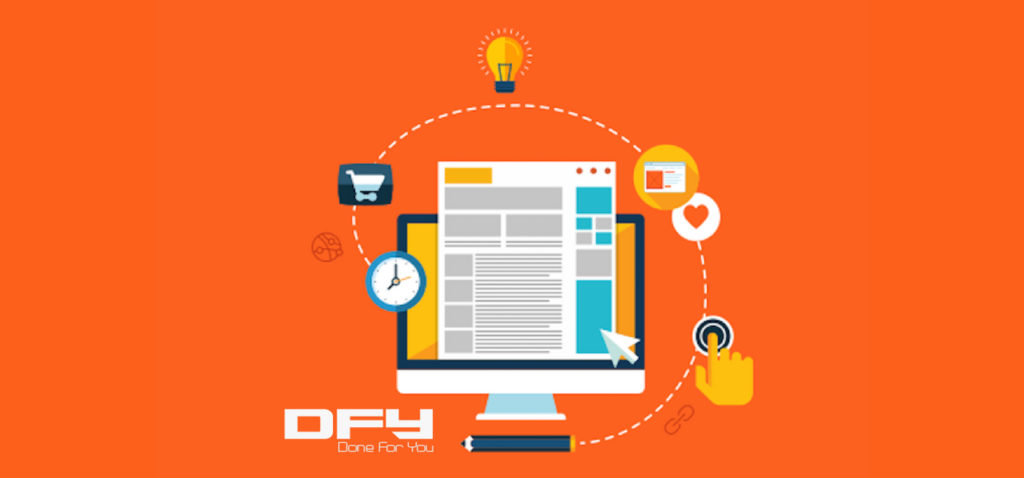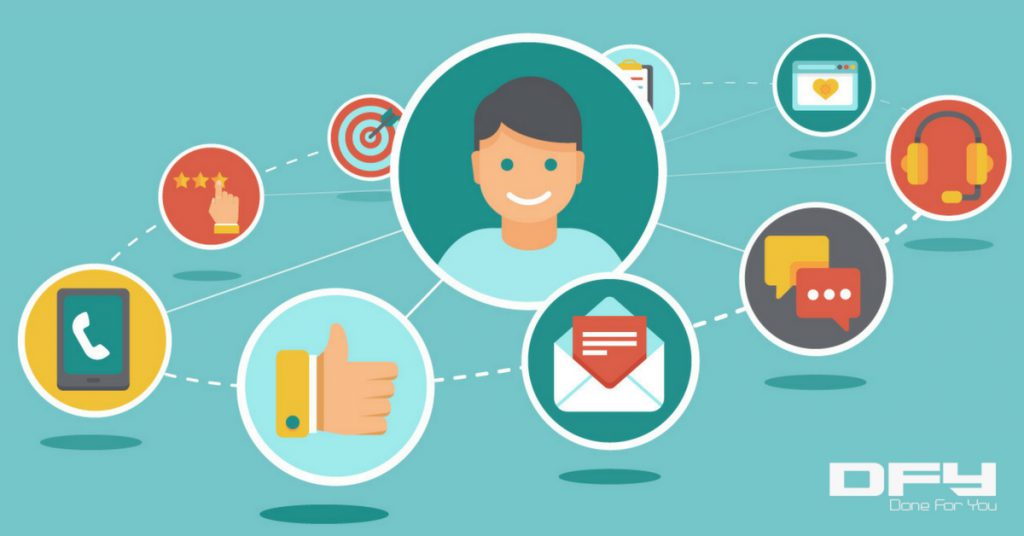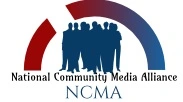
You create content and publish it on your blog continuously. You amplify your content distribution using social media. You also strive to grow your email list, and maybe you run paid advertising campaigns with targeted and complete sales funnels.
Over 80% of everyone who arrives at your website or your landing pages will leave without taking action. This, in turn, means that you are losing over 80% of your potential prospects.
That hurts; you don’t want to lose your potential customers, do you?
On average, less than 2% of your web visitors will ever buy. You want to do much better than that. Retargeting is a great way to refuel your funnel, boost conversions, and bring back all those potential customers you could have otherwise lost.
What is retargeting

Retargeting helps you reach out to those exact people who visited your landing pages or website by targeting those audiences exclusively in your paid campaigns. Retargeting works on advertising platforms such as Facebook and Google. Retargeting will show ads to web visitors regardless of their initial source.
For instance, you could launch retargeting campaigns to traffic from any of the paid traffic sources. Or you could retarget to all the visitors of your website or landing pages (including organic traffic).
Retargeting is often overlooked and not many businesses actually make the best use of it. The fact is that your inbound marketing funnel is never optimized without retargeting.
You have regular funnels that you use for advertising campaigns with the goal to reach out to new audiences and expose them to your brand and offers. You then have retargeting funnels which are slightly tweaked versions of your main funnels with the goal to bring back visitors who left your site and convert them into leads.
How to make retargeting work
To make retargeting work you should follow these tips today:
Start with well-defined audiences

To begin with, build only one general audience on your advertising platform. This should consist of everyone who visits any of your web properties.
A general audience could be all visitors to your website and/or all visitors to your landing pages or both combined — regardless of the platform on which you are building an audience (Facebook or Google).
Every other audience you’ll build is going to as specific as it can get.
Here’s an example of a high-intent audience for a service business.
- People who read your blog.
- Then, those who checked out your products or services.
- Those who visited your pricing page.
Or an audience of an e-commerce store, which has the following behavioral attributes:
- Visited store.
- Browsed products.
- Added items to cart & did not make a purchase.
You can get as specific as you can. The more specific you get with an audience, the better the results you’ll be able to get with laser-focused retargeting campaigns.
Don’t wait too long or launch too early

Whether you are building audiences on Facebook (using the Pixel) or on Google (using Google’s Audiences feature set), don’t make the mistake and launch too late or too early.
If you launch too early, your audiences won’t be populated yet. In plain English, this means that your potential audience doesn’t know you well enough to make a purchase yet.
If you are too late, your retargeting campaigns might not be able to catch your potential customers hot on the button and ready to buy.
The appropriate time to launch your retargeting campaigns is to launch when you hit the sweet spot with your audience size. An exception to this is the default generic audience, as this is an audience you can target anytime you want.
For all other audiences, aim to gain at least a couple of hundreds of unique visitors before launching a retargeting campaign.
Don’t ask for the sale

With Amazon, people don’t have a problem clicking on the “buy button”; they trust Amazon and believe that their purchase is secure (among other things).
For other businesses, an instant purchase is a little too much to ask from a new web visitor. No matter what kind of a campaign you run — regularly paid ads or retargeting ads — newly acquired traffic won’t convert that fast.
Taking that credit card out and purchasing from you is not going to come naturally to most people who aren’t familiar with your brand yet. You’ll probably make a few sales but it’s not something that’s sustainable or would work in the long-term.
Instead, try launching retargeting campaigns with much less friction and a high-conversion offer, like a free trial, a free download, a free sample, or a sneak peak.
Follow up with automated email campaigns to make those sales happen, over a period of time.
Don’t push too hard

Retargeting is meant to be an assertive way to follow up, follow through, and to just keep showing up around people almost furtively, as they browse online. It is not meant to be aggressive, “I’ll follow you no matter where you go, till the end of the world” kind of a campaign.
For that reason, keep an eye on “frequency caps” that every retargeting platform or channel allows you to control. Don’t set it frequency cap as “infinite” and then throw your lifetime earnings on campaigns.
The best way to let ads show to a particular visitor is much like how you’d follow up with a potential client on a phone call or an in-person meet — soon after the first contact? Once a week? Once a month? Not all of the time though because pushing too hard will irritate the prospect.
Retargeting demystified
By now, we hope you can see that following these advanced retargeting tips you’ll be able to optimize your campaign and see better results.
Remember, maximizing the potential of your advertising efforts is an ongoing process. Test. Review. Optimize. Repeat.





Reblogged this on PaperChain Blog.
LikeLike